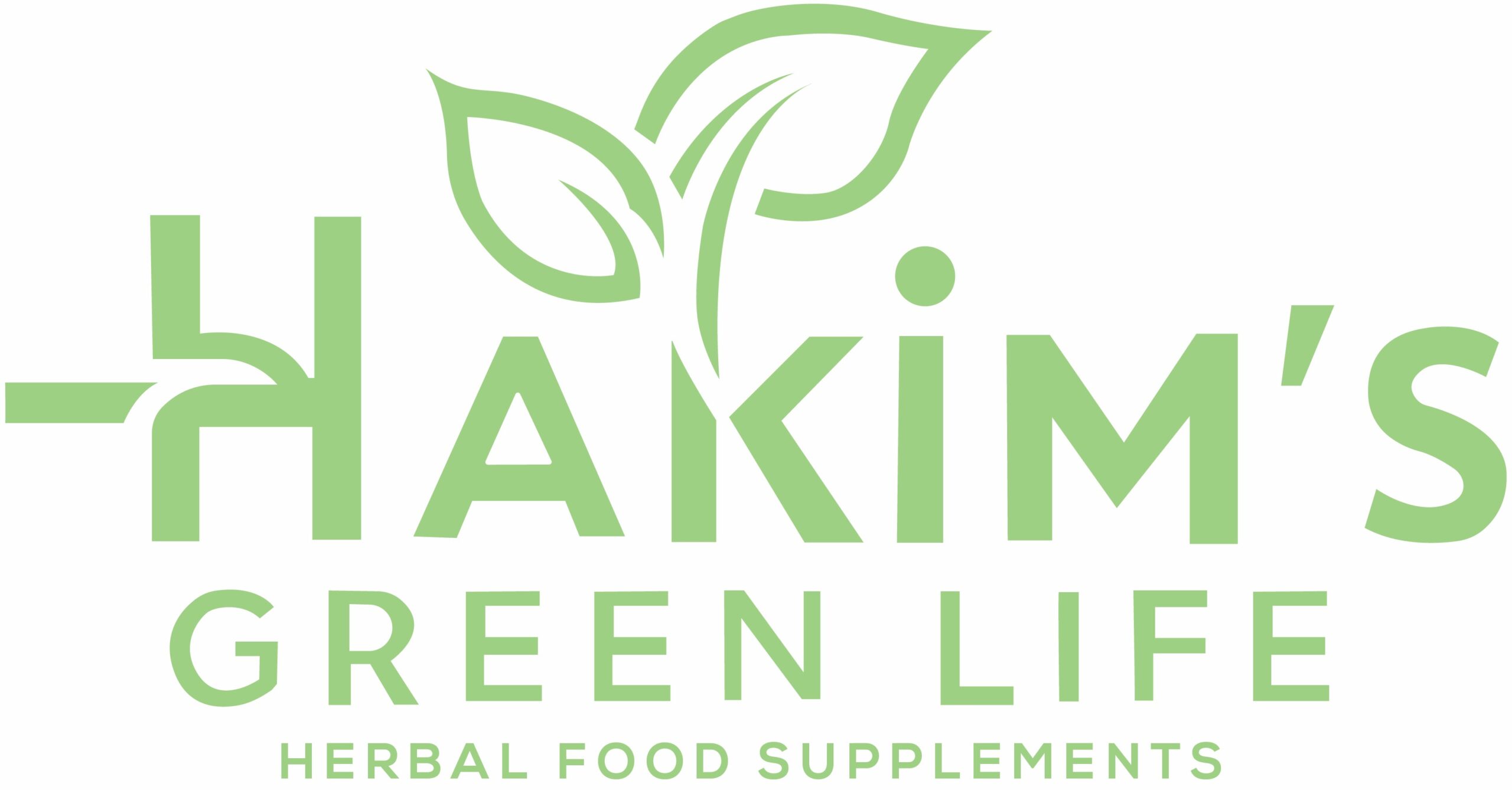
Navigating Cholesterol with Dbhakim: The Good, the Bad, and the Ugly
Cholesterol, often misunderstood, is a vital substance in our bodies, but its levels require careful management. Dbhakim sheds light on the complexities of cholesterol, separating the good from the bad and addressing the ugly truths.
The Good: HDL Cholesterol
High-Density Lipoprotein (HDL) cholesterol, dubbed the “good” cholesterol, plays a protective role in our cardiovascular system. Dbhakim emphasizes the importance of HDL in removing excess cholesterol from the bloodstream, reducing the risk of arterial plaque buildup. Strategies to boost HDL levels, such as regular exercise and consumption of healthy fats, are encouraged for optimal heart health.
The Bad: LDL Cholesterol
Low-Density Lipoprotein (LDL) cholesterol, often labeled the “bad” cholesterol, poses risks to heart health when elevated. Dbhakim underscores the significance of managing LDL levels through lifestyle modifications, including a balanced diet low in saturated and trans fats. By reducing LDL cholesterol, individuals can mitigate the risk of atherosclerosis and cardiovascular disease.
The Ugly: Oxidized LDL and Triglycerides
Dbhakim delves into the “ugly” side of cholesterol, highlighting the dangers of oxidized LDL and elevated triglyceride levels. Oxidized LDL contributes to inflammation and arterial damage, increasing the risk of heart disease. To combat oxidation, Dbhakim recommends an antioxidant-rich diet, featuring fruits, vegetables, and whole grains. Additionally, managing triglyceride levels through sugar and refined carbohydrate restriction is crucial for heart health.
Genetic Factors
While lifestyle choices significantly influence cholesterol levels, Dbhakim acknowledges the role of genetics in predisposing individuals to certain cholesterol profiles. Understanding one’s genetic makeup empowers individuals to tailor interventions for optimal cholesterol management. By integrating genetic insights with lifestyle modifications, individuals can navigate cholesterol complexities more effectively.
Conclusion
Cholesterol is a multifaceted entity, encompassing both protective and harmful components. With Dbhakim’s guidance, individuals can adopt proactive strategies to maintain a healthy cholesterol balance. By prioritizing HDL, managing LDL, addressing oxidation and triglycerides, and considering genetic factors, individuals can optimize heart health and overall well-being. With Dbhakim, understanding cholesterol becomes a pathway to healthier living, embracing the good, managing the bad, and mitigating the ugly for a brighter future.
This herbal formulation helps prevent the formation of blood clot, thus offering protection against heart attack and stroke. Reduce cholesterol production from the liver. balance healthy cholesterol in the blood which helps the liver to clean up and adequate flow of oxygen-rich blood of the heart muscle.
Hakim’s Green Life

